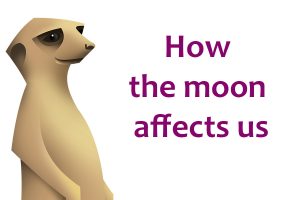
We are in the midst of the sixth mass extinction, and everyone is in a hurry to tell us about it – we are constantly bombarded by statistics about how many species are threatened, but how do scientists work out which species are threatened and which are not? The recent Living Planet Report tells us that over 50% of wildlife has been lost from Earth since 1970. But what are those estimates based on, and how do you even begin to try and monitor the population statuses of the 9 million or so living species on Earth??
With an estimated 9 million species on Earth today, the task of monitoring and assessing the status of the World’s biodiversity is no small one. Yet if we have any hope of putting a halt to the astonishing loss of species occurring worldwide, we must try to understand what species are threatened and by which human activities.
In this feature article, I summarise recent research into extinction risk and ask the experts their views on estimating extinction during the sixth mass extinction. Includes interviews with Dr Monika Böhm (Institute of Zoology, Indicators and Assessment) and Prof Andy Purvis (Natural History Museum, PREDICTS Project).
To read the full article, please sign up to support Curious Meerkat from as little as $1 per blog.
Download
Patron supporters in the Meerkat Royalty can also download the pretty pdf version, too.




